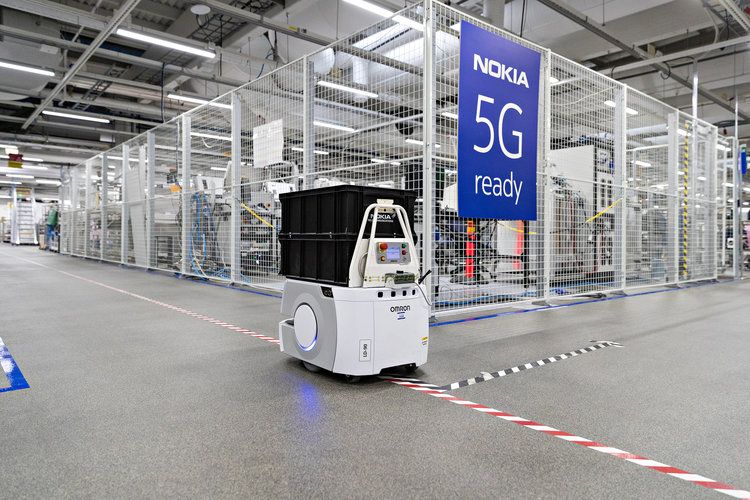
It’s been an eventual week at Nokia, with the company making a series of technical announcements, securing a couple of significant contract wins, and bringing forward the appointment of its new CEO by a month.
Nokia is looking to secure a major slice of the 5G equipment market, pitching itself as a ‘one-stop-shop’ for telcos and enterprises thanks to a portfolio extends across the radio, transport and core layers of the network.
However the Finnish mobile giant has struggled in the past few months due to the twin pressures of intense competition and the high cost of developing 5G technologies. Earlier this week it was reported that a third of jobs at the Alcatel-Lucent subsidiary would be axed to reduce expenses.
5G Nokia
So the fact that it won a private 5G deal with Toyota and a major fibre contract with the Irish government provided some much needed good news.
Nokia will build an industrial-grade cellular network at Toyota’s manufacturing design centre in Fukuoka, Japan to assess how LTE and 5G can support IoT devices, equipment digitisation and virtualisation in the production process. If successful, then the technology will be deployed at more sites, helping Toyota to transform applications and workflows and drive automation at its facilities.
National Broadband Ireland (NBI) is a government-backed initiative to extend fibre coverage to 540,000 rural premises in the country. Nokia has won the entire tender and will provide IP routing and optical networking technology for the project.
“We look forward to working with Nokia because the company has the experience from similar projects globally, as well as the technological capabilities and end-to-end portfolio, for a project like this,” said Peter Hendrick, National Broadband Ireland CEO.
On the technical side, Nokia has completed the first trial of a 5G network based on C-band spectrum in the US. C-Band spectrum, between 3.4GHz and 4.2GHz, will be used by US operators to deliver a mixture of capacity and coverage to customers. North America will be a key market for Nokia due to Huawei’s inability to compete.
Nokia has also announced the commercial launch of its next generation AirScale cloud-based RAN technology, with general availability expected in 2021. AirScale is a key product for Nokia, which pitches the platform as a way for operators to maximise their spectrum and network assets in the 5G era.
“The next-generation Nokia 5G AirScale Cloud RAN is a true innovation that will transform mobile networks and provide operators with the flexibility they need to meet the customer demands in the evolving 5G era,” added Tommi Uitto, President of Mobile Networks at Nokia. “Its flexible architecture offers speed, coverage, capacity and low latency as well as the opportunity to generate revenues immediately.”
Finally, the departure date of Nokia CEO Rajeev Suri has been brought forward due to the early availability of his replacement Pekka Lundmark. It has been expected that Fortnum CEO Lundmark would join on September 1, but his own replacement will be appointed on July 1.
After a month-long transition period, Lundmark will be free to join Nokia.
